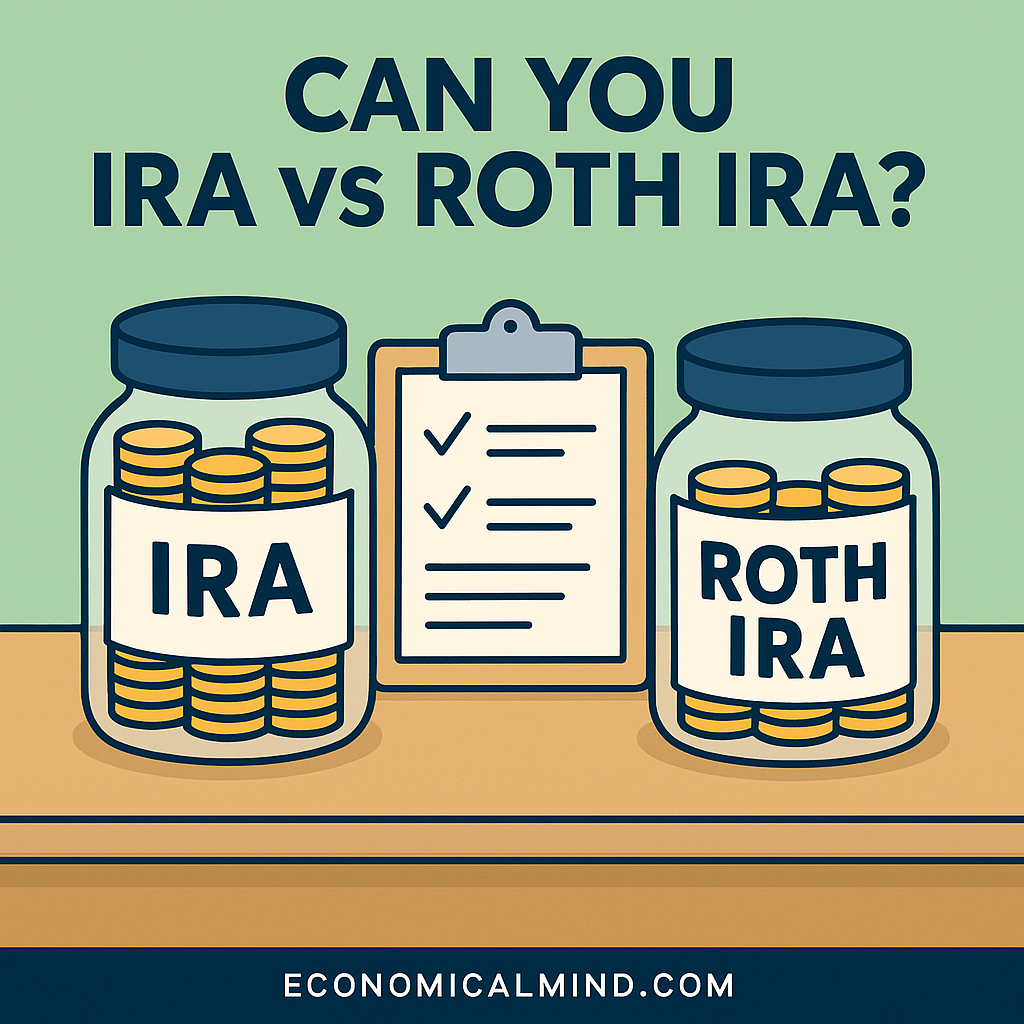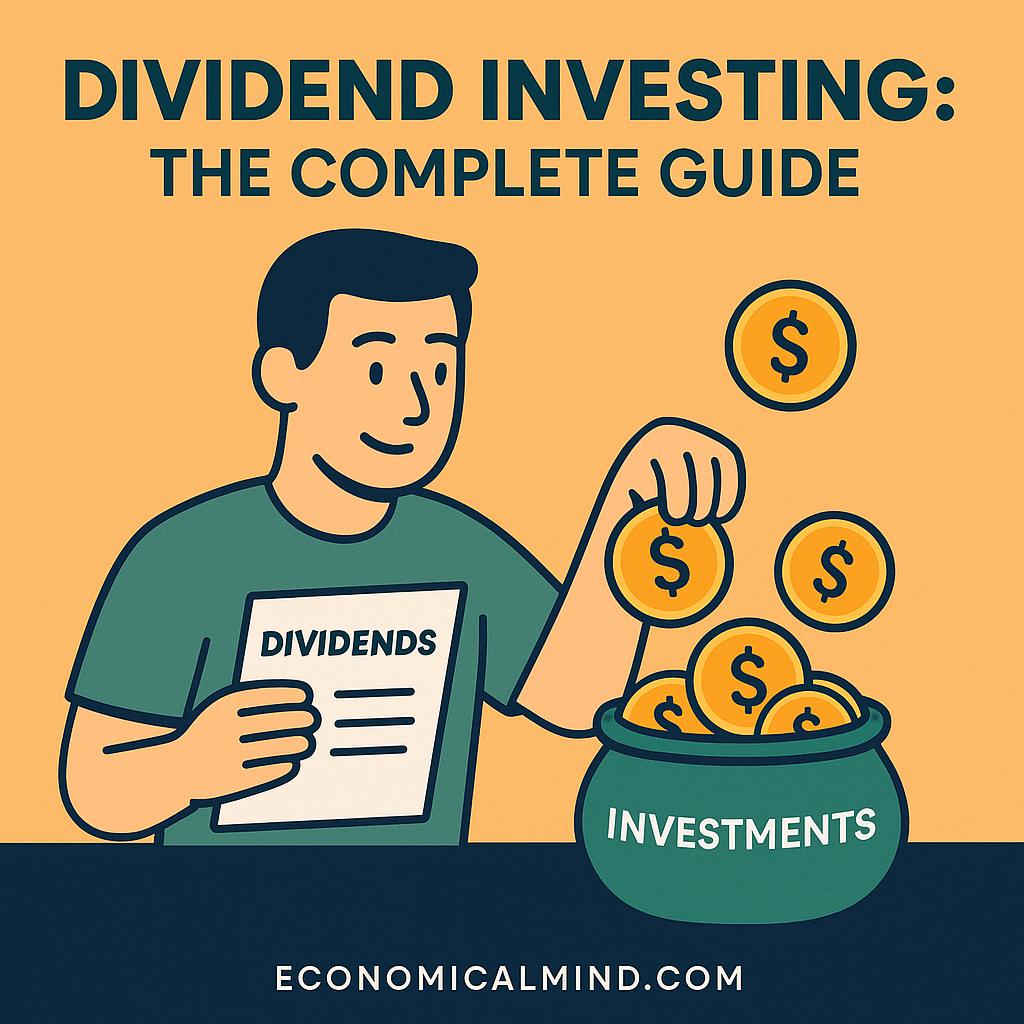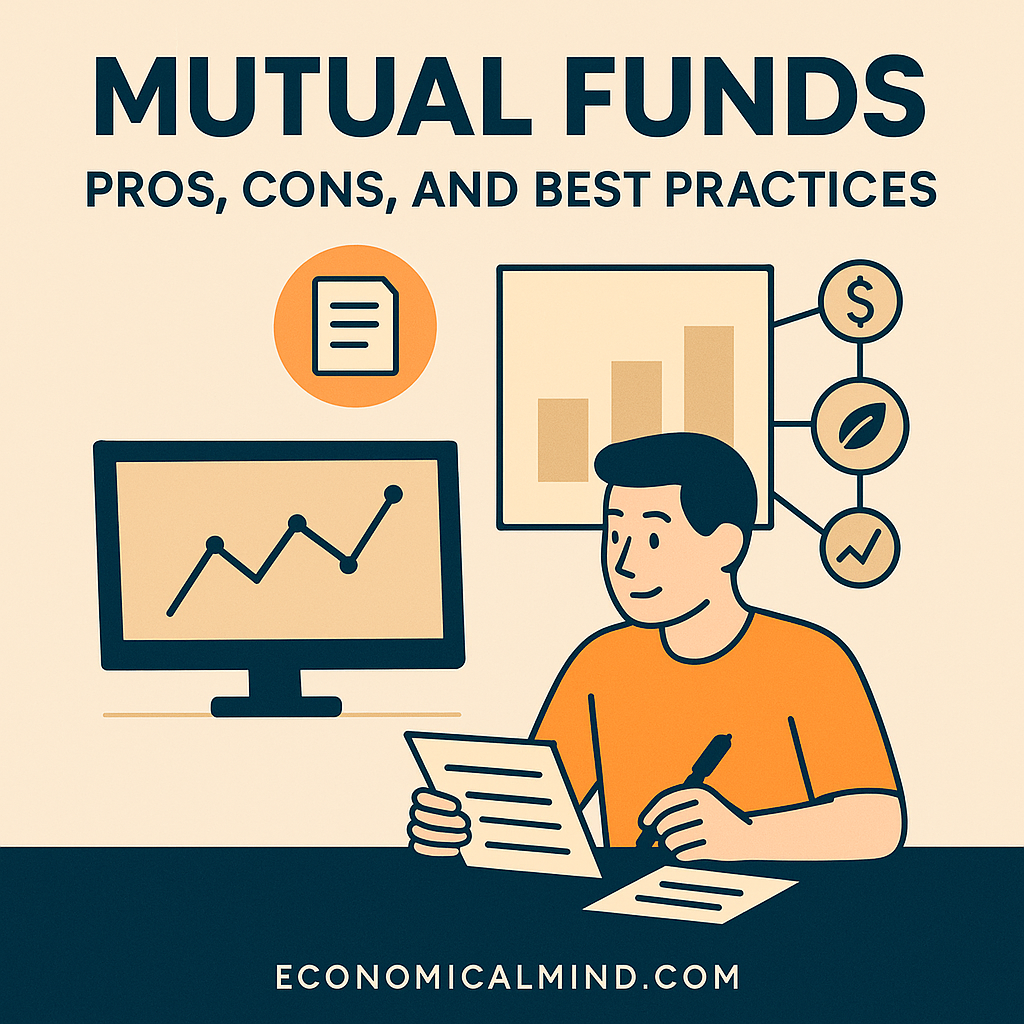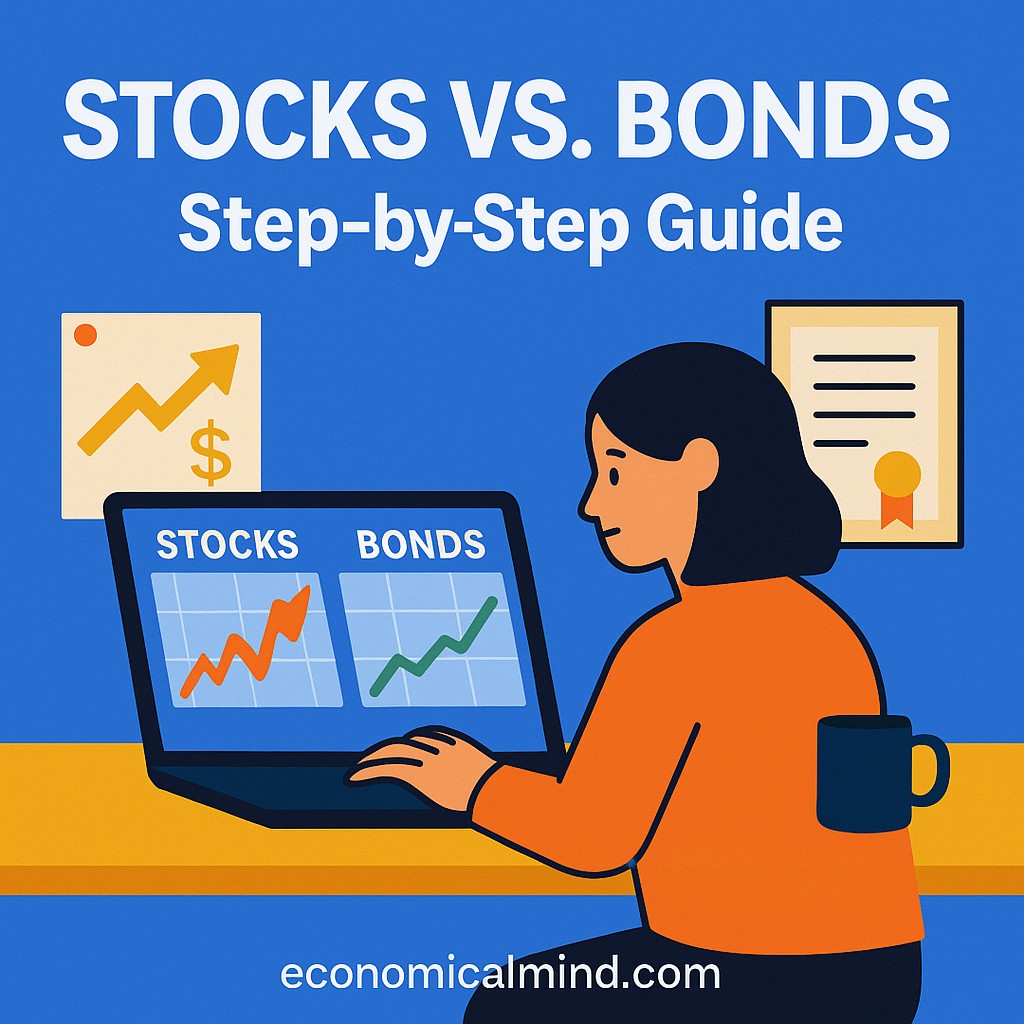
If you’re saving for retirement, you’ve likely heard about IRAs — and maybe wondered what the difference is between a Traditional IRA and a Roth IRA. Both help you grow retirement savings with tax advantages, but they work in opposite ways. Understanding which one fits your situation can save you thousands over time.
Continue reading “Can You IRA vs Roth IRA? What to Know”







